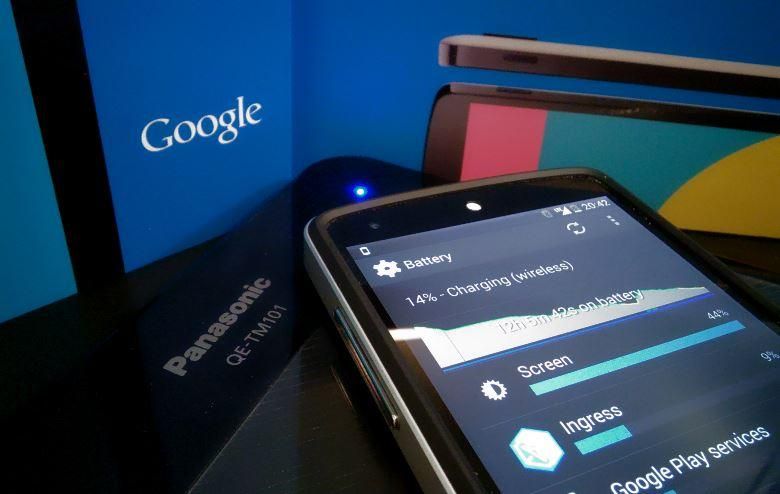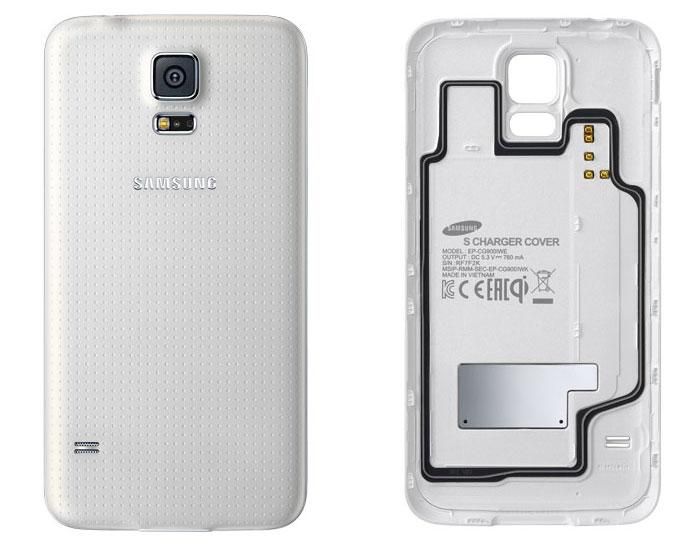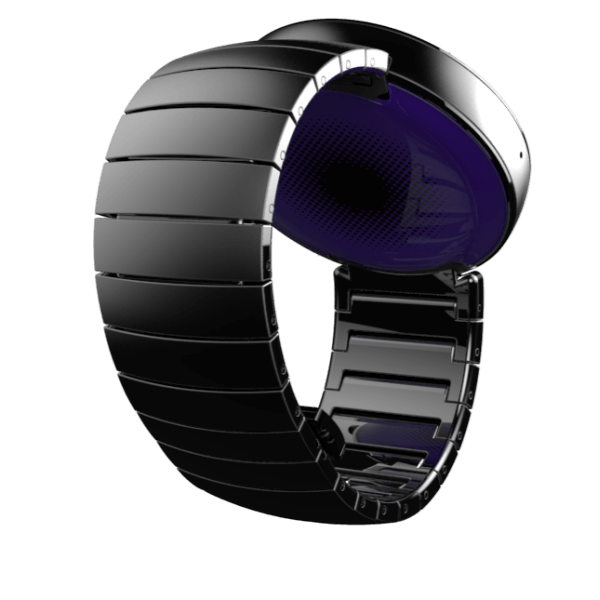If you’ve never used wireless charging, you’re missing out, and you just can’t understand how convenient it is. Every time you need to charge your device, you’ve got to have a cord plugged into an electrical outlet (or a portable battery). You probably have a few of these “tentacles” positioned in strategic locations that are quickly accessible throughout your day. Although somewhat convenient, that gets a bit messy and unorganized.
I currently have four devices in my household that can charge wirelessly via the Qi standard. I wish I had more.
To combat the widespread use of wall-wart chargers in my house, I’ve systematically replaced the outlets that get used for device charging with outlets that include built-in USB ports. It’s a step in the right direction, but it’s still nowhere near as convenient as simply setting your smartphone or tablet on a charger. Once that charger is plugged in you never have to fiddle with cords again — just place your device on the pad and you’re done. When you’re ready to go, just pick your phone or tablet up and you’re on your way — no unplugging or coiling of a cord, or leaving dangling unsightly from your wall.
The convenience of wireless charging is simply something you have to experience to “get” — but once you do, you’ll never want to go back! Why then, are OEMs so hesitant to put wireless charging into our devices?
More Expensive
To include the ability to charge wirelessly, OEMs would have to include a coil of copper wire and a little bit of controller circuitry. This adds cost, bulk, and weight to a device that the marketing department is already trying to slim down, lighten up, and maximize the profit margin. That one extra line on the spec sheet touting wireless charging just doesn’t justify all the perceived disadvantages.
If you ask anyone who is a fan of wireless charging, those marketing folks are wrong. What we really need to do is get them to charge their smartphones and tablets wirelessly. If we could somehow accomplish that, I think wireless charging would become a standard line-item virtually overnight!
Standards Battle
There’s currently a battle brewing when it comes to wireless charging standards. If I were to put money on the table it would be for the Qi standard. That may be because I’ve got quite a few devices that support Qi chargers, plus four Qi-compatible chargers. Nonetheless, customers are hesitant to adopt a new technology when a defacto standard hasn’t been accepted by the masses.
BetaMax was better than VHS cassettes, but the standard went to VHS. 8-track was arguably superior to cassettes, but we know who won out there. Even HD-DVD was a better all-purpose standard than Blu-ray, but we all know who won out there.
Selling More Accessories
Some OEMs actually sell Qi-compatible accessories for their devices today. These are usually in the form of a case or cover that brings wireless charging to a device that wouldn’t have it otherwise. Some might see this as a great compromise, allowing people who want wireless charging to buy it after-the-fact, without incurring the expense of the additional hardware for those who don’t.
Perhaps I’m a bit more sceptical and simply see OEMs trying to sell overpriced accessories to enable something that the device should have come prepackaged with. Regardless of which side you’re on, not every device has an OEM accessory, nor even a third-party accessory to enable wireless charging, which is just disappointing.
Killer App: Wearables
What every new technology needs to kickstart it into public acceptance is a “killer app”. In this case, “app” doesn’t refer to a software package, but to a physical application. That application is “wearables”.
Wearables are gaining popularity, and we’re about to seem them take off in popularity. We’ve already got smartwatches of all shapes and sizes starting to come out of the woodwork, Bluetooth headsets let us listen to our music and make phone calls more convenient, and health monitors help us keep in shape. All of these devices are relatively small and benefit from being sealed up so sweat, moisture, and grit can’t get into them and reduce their lifespan. As soon as an OEM puts a USB port (or even POGO pins) into a device, it’s made a penetration through which the elements can enter and wreak havoc.
Wireless charging solves those problems and could make keeping these devices charged up infinitely more convenient than trying to hook up a little cord — let alone a proprietary one.
OEMs, the direction is clear: wireless charging is the future. You can either start putting this tech into your devices today and be ahead of the curve, or you can wait, and play catch-up later on. What’s it going to be?





